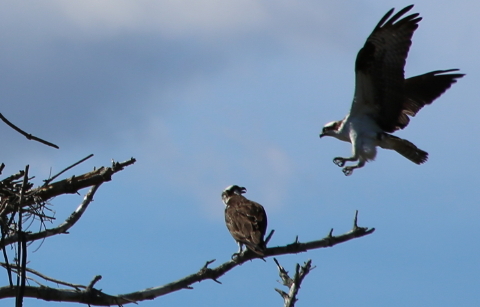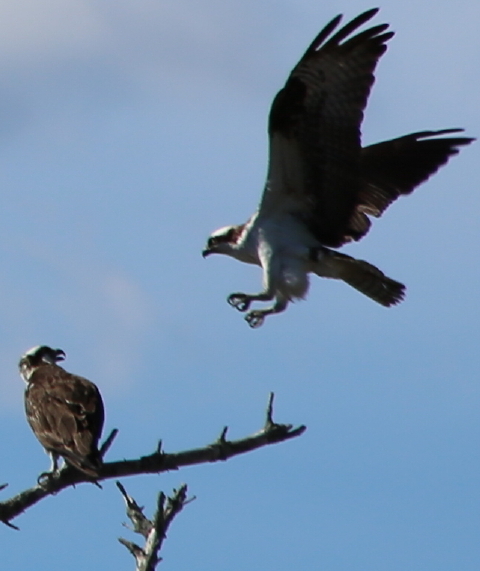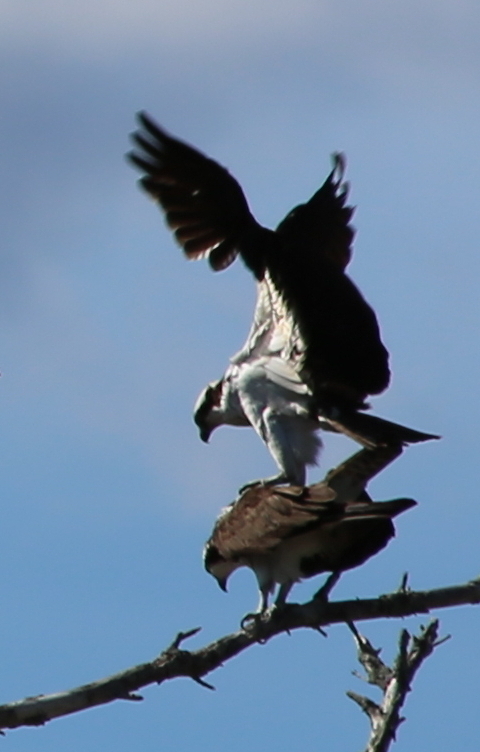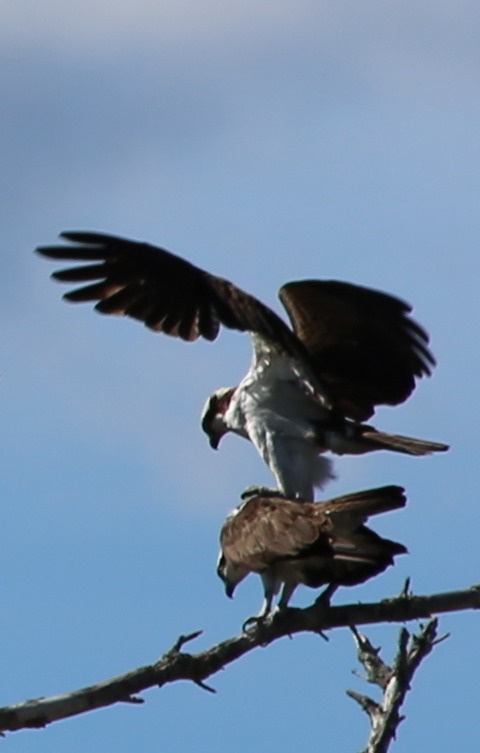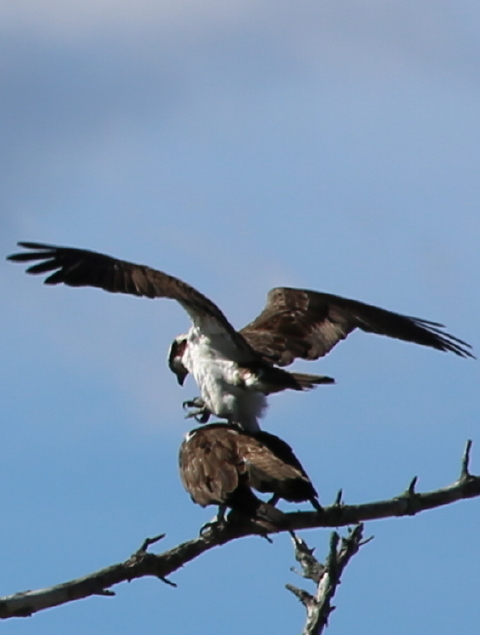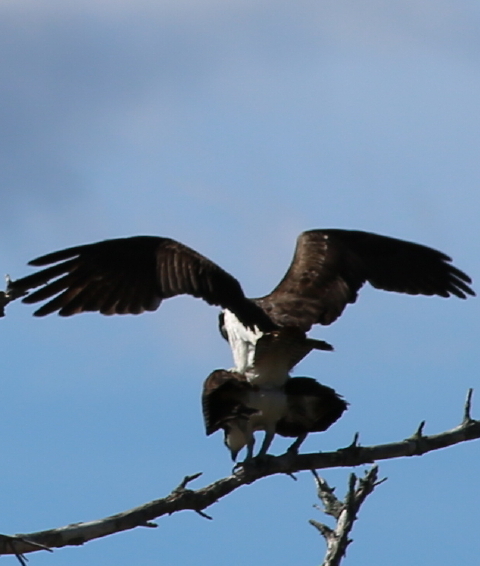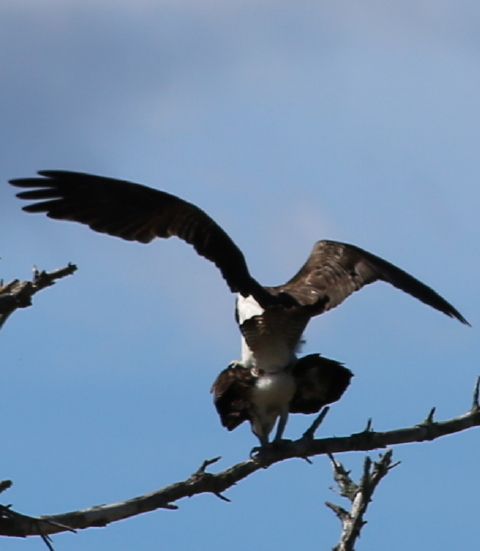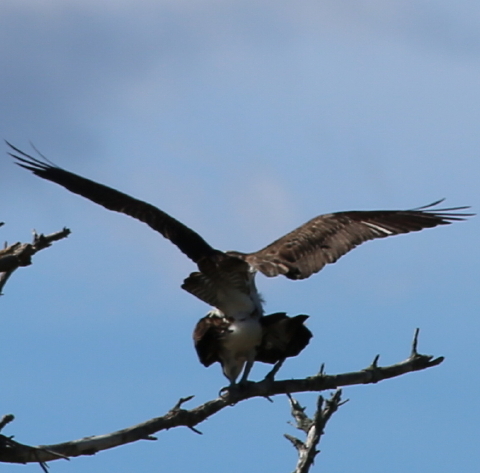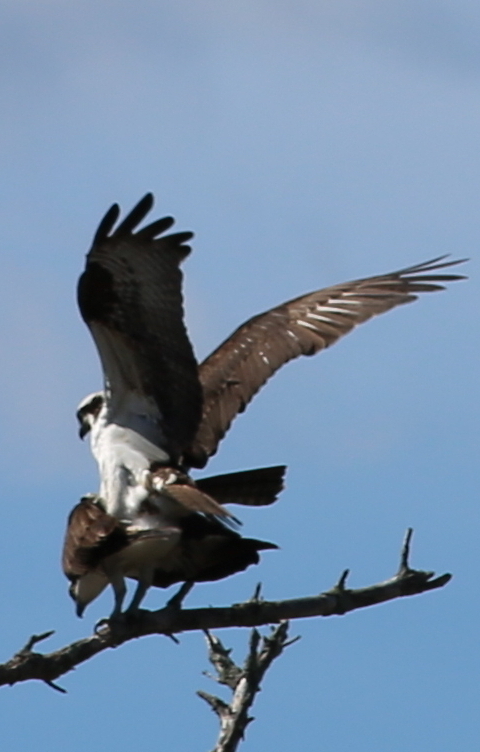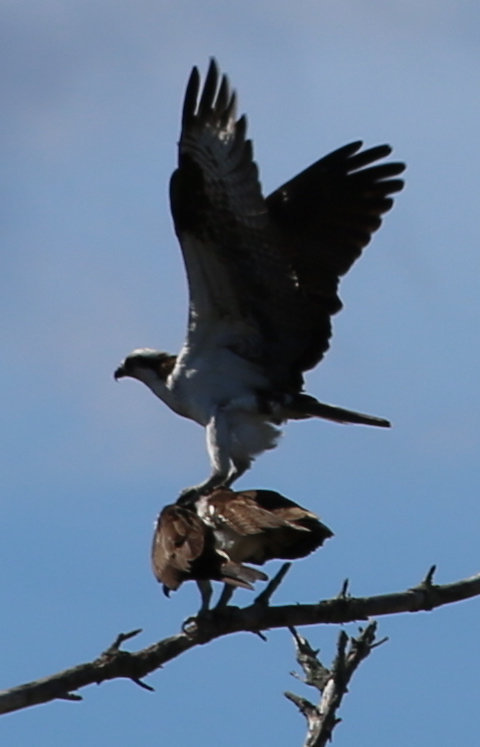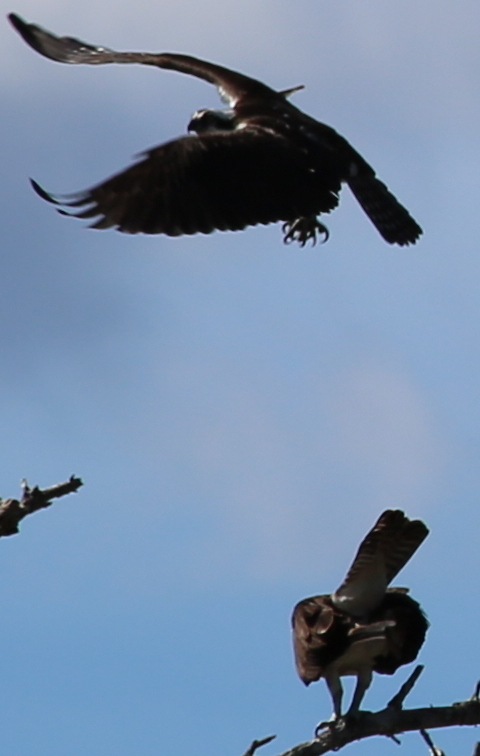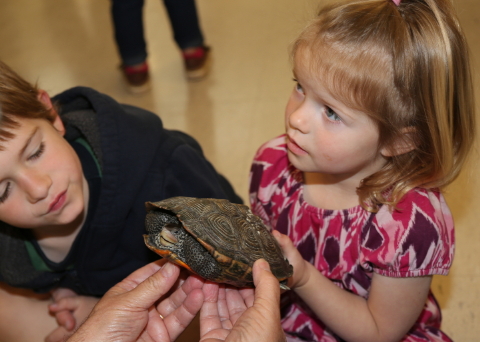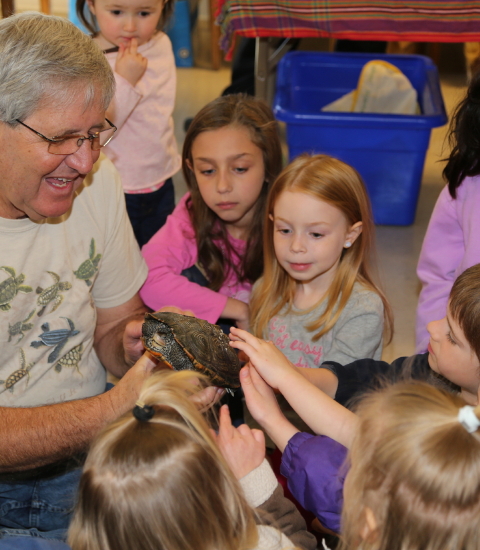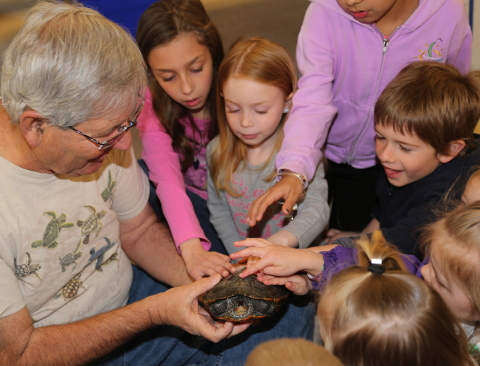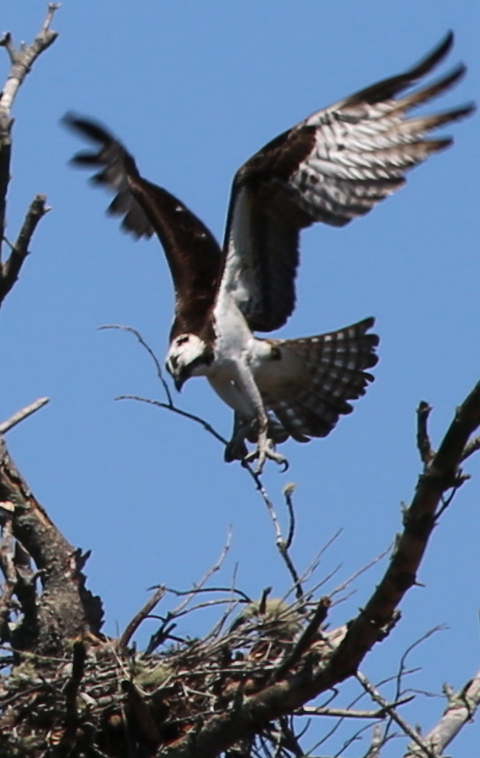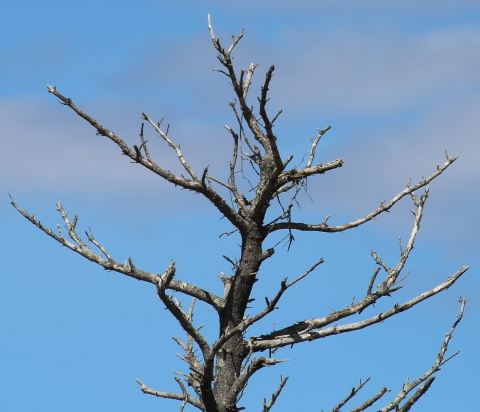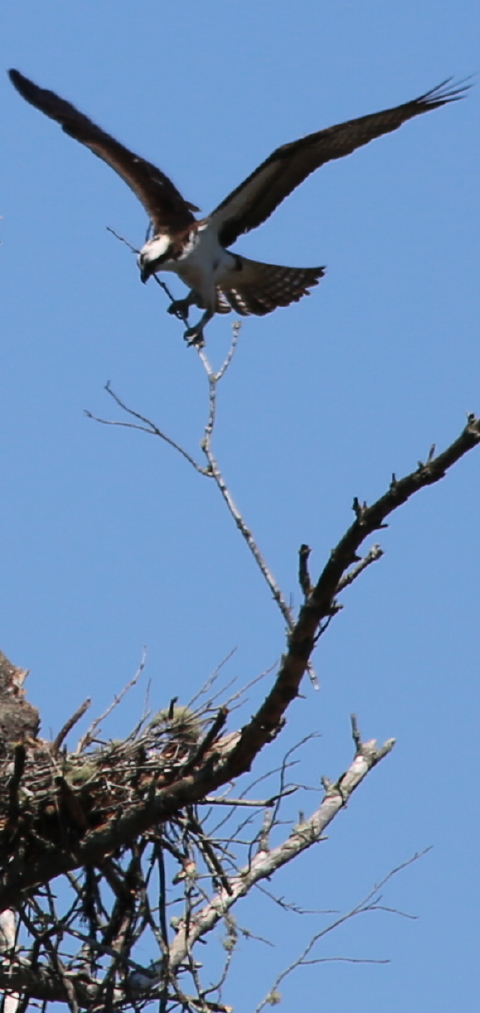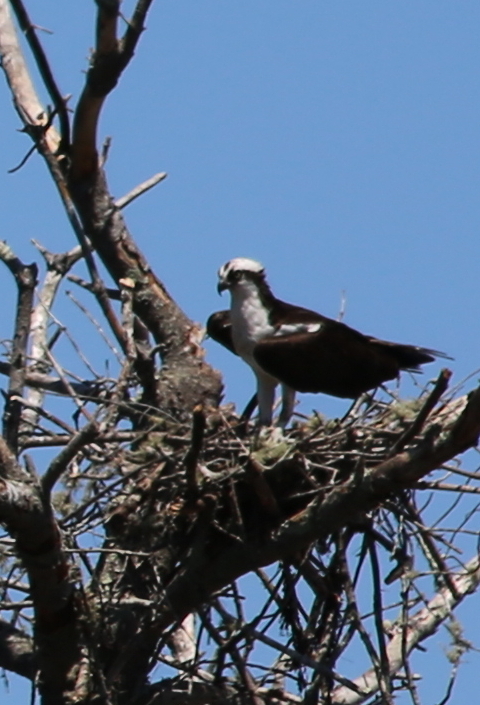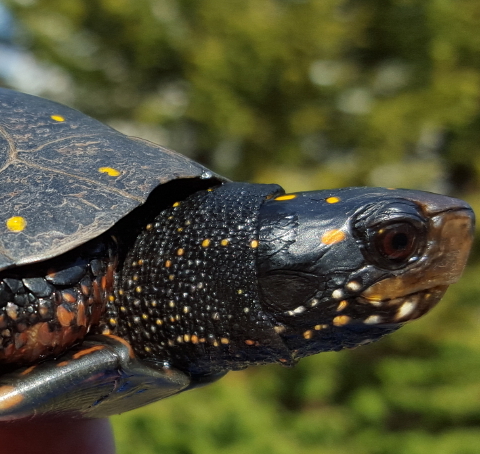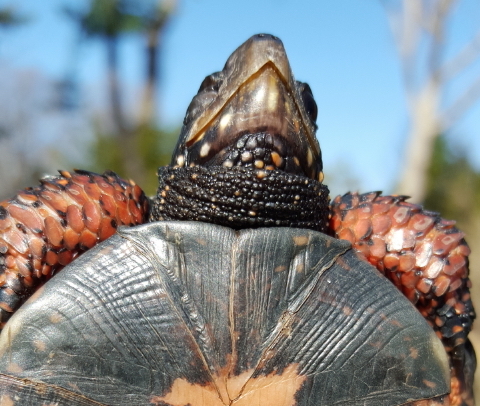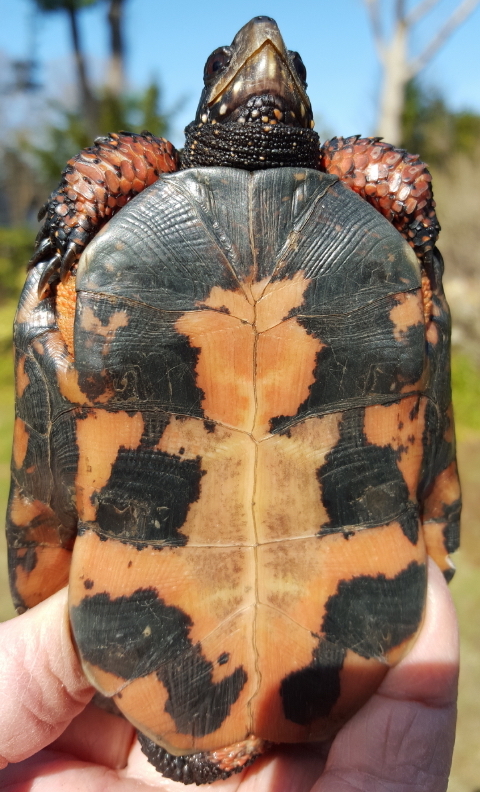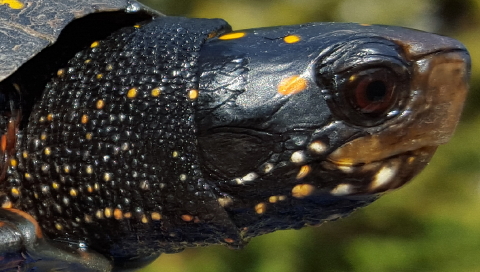
Sue Wieber Nourse Examines Female Diamondback Terrapin #278
Today is the spring day we have been waiting for since last October. After a blustery fall that drove a record smashing 1200+ cold-stunned sea turtles onto Cape Cod shores. After a record breaking winter dropped more than 9 feet of snow on Massachusetts. After a faux spring with temperatures lingering in the 30s and 40s, and until yesterday still sporting patches of snow. After all that and much more, today spiked to 70 degrees on the SouthCoast of Massachusetts. Perfect fluffy clouds skirted along the horizon pushed by southwesterly winds. The only thing that could make it more perfect would be the emergence of the first active diamondback terrapins of the year. And that, too, came to pass this glorious April 18th, 2015.

Sue Wieber Nourse Nets First Terrapin of 2015 (#278)
As temperatures began to climb through the high 50s, the Turtle Journal team loaded kayaks into the CRV and launched from the Marion town landing with long poled nets to explore Sippican Harbor for diamondback terrapins. We spotted a couple of nervous males snorkeling around the mating aggregation, but they dove into the oozy bottom as soon as we approached. We paddled to Little Neck Cove and Sue Wieber Nourse hit pay dirt. Â She saw a large female crawling along the bottom in pursuit of a juicy green crab. Sneaking up from behind, Sue netted the big girl who didn’t even pause in swallowing her tasting crab treat.
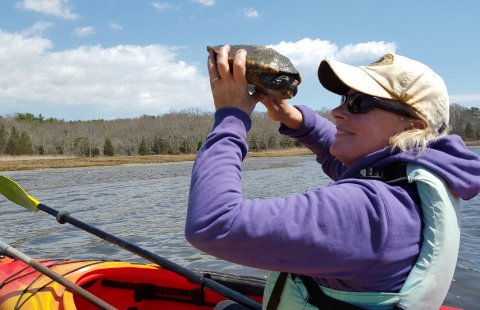
Sue Wieber Nourse Identifies Female Terrapin #287
Examining the first terrapin of the year, Sue identified her as a previous capture, #278, a very large and healthy female. Sue deposited her behind the kayak seat and continued exploring Little Neck Cove.

Don Lewis Nets Male Diamondback Terrapin #110
A few feet away, Don Lewis paddled slowly over a series of emergence holes that terrapins had been using for winter hibernacula. He saw a turtle creeping along the muddy bottom and stretched his net to scoop up a male terrapin whom we had never previously captured.

First Time Capture Male Diamondback Terrapin #110
We marked this new, but ancient male as Terrapin #110. He measured a very large 13.55 centimeters straight-line carapace length that puts him in the top percentile for SouthCoast males. He weighed a respectable 368 grams, and noteworthy, the tip of his tail had been lost somewhere in his long history. His “mustache” is a thing of beauty of which even Poirot would be proud.

Recaptured Female Diamondback Terrapin #278
Sue’s female Terrapin #278 had last been seen a decade ago (!) on 25 June 2005, swimming in this same cove. Based on her estimated age then, she’s over 21 years old today. In 2005, she measured 18.8 centimeters straight-line carapace length and weighed 1112 grams. Back then we took scat samples that indicated she had been feasting on mud snails, tiny bivalves, mud crabs, small fiddler crabs and bushy bryozoan. Today, she measured 20.0 centimeters carapace length and weighed 1399 grams. Â She had tiny barnacles all over her vertebral scutes.

Male Spotted Turtle #127
April is busy season for turtle researchers on the SouthCoast. We drove directly from the Sippican Harbor to a nearby wetlands bog to check on spotted turtle activity. There we discovered male Spotted Turtle #127 whom we had previously observed just six days ago. He looked fine and had added 2 grams to his weight.
All things considered, a perfect spring day yielded a perfect turtle day for the Turtle Journal team.
